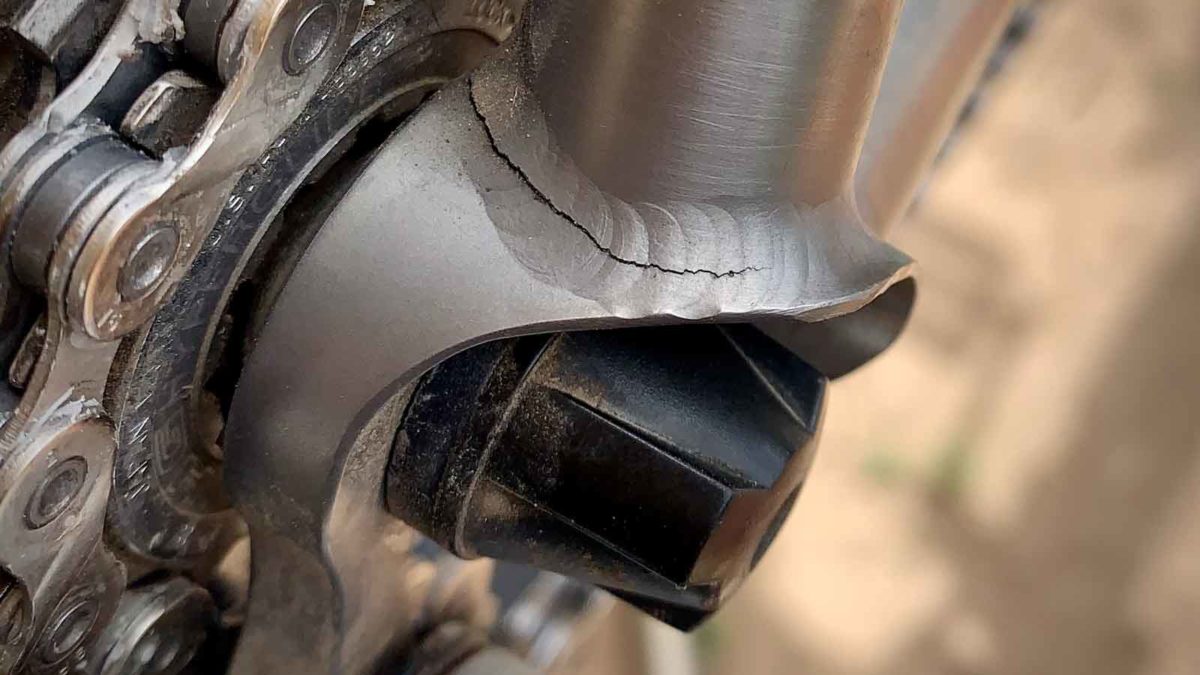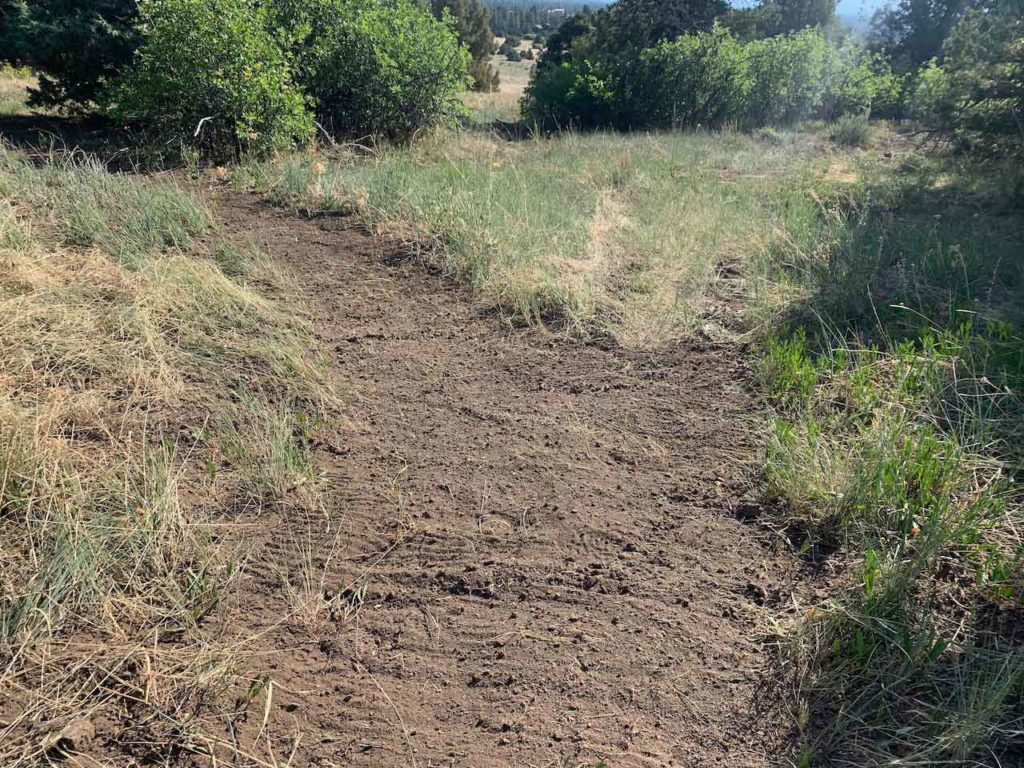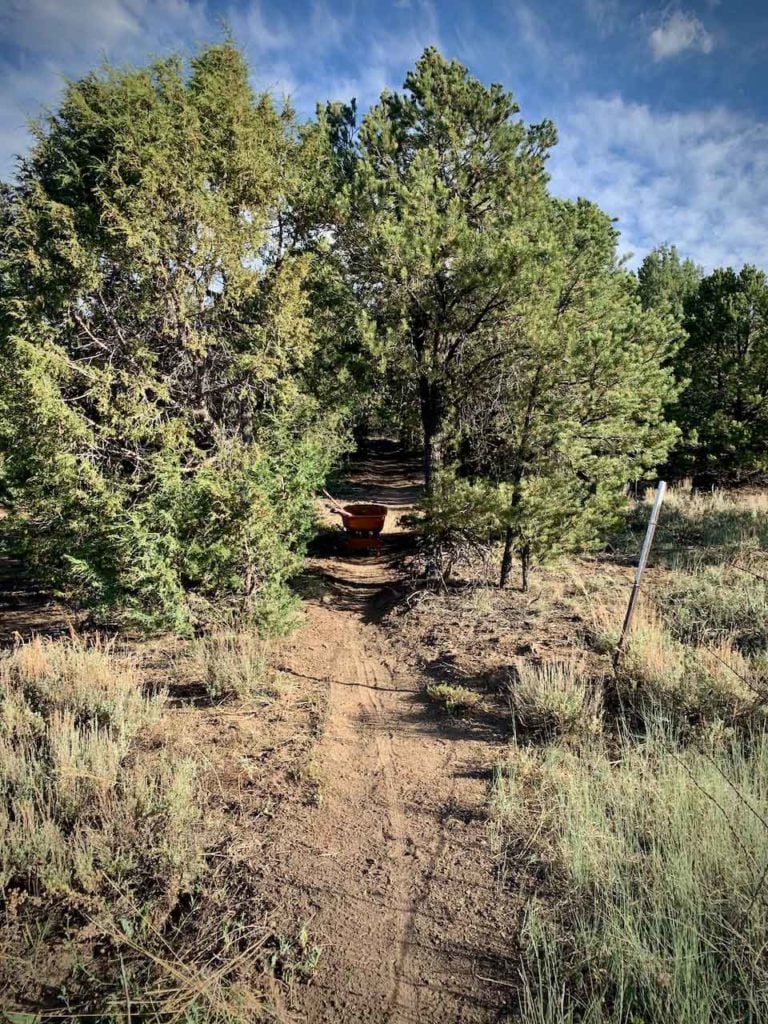Since I work on a laptop I try to be keyboard focused for speed. The trackpad works fine but the keyboard is much faster. The issue is that the baseline setup for keyboard shortcuts in MacOS is limited. To resolve this developers have created a number of programs that extend the MacOS desktop to have a shell/command line interface.
Personally I have used Quicksilver, Launch Bar, the Google Search Bar, Text Expander, and currently Alfred. Quicksilver was a little advanced for my computer expertise at the time. Up until I started using Alfred these programs were mainly just app launchers. I would hit the shortcut key to launch a search bar in the center of the screen and start typing an app. The launch bar would start presenting apps with names that match my search. When I hit enter the app would launch.
This would speed up starting an app but nothing really for speeding me up while I used the app. For that I started using Text Expander which let me save various pieces of text as a snippet. Then I would type an abbreviation and the snippet would expand into wherever I was writing. This is a huge time saver when I have to write the same things repeatedly.
I don’t know the exact year but shortly after using Text Expander I found Alfred. Alfred is a cross of a launcher, Text Expander, and magic. When I use a computer that doesn’t have Alfred installed with my preferences and configs I feel like I have lost the use of an arm. Launching software is great of course. Having snippets expand text with clipboard items is a huge time saver. Then there’s Alfred Wokflows, but that’s a whole other post.
Snippets for Speed
I have to cd to the /public directory 50 to 100 times a day on dozens or more of websites. I use tab completion to speed the process but I want to be even faster! With tab completion there are a minimum of 11 keystrokes to get to the /public directory and start working on files.
With Alfred I setup a snippet so that in 4 keystrokes I am in the /public directory. That is 7 keystrokes saved each time I cd to that directory. Over the course of the work day that is 350 to 700 keystrokes saved.
I realize this is a very specific application of a snippet, but that is the key to useful snippets. They need to match your workflow, not mine. I am creating new snippets all the time. If I find I am writing the same text all the time then I stop and make a snippet.
In a chat this might apply to letting someone know I am working on their {site} and will let them know what I find shortly. {site} in this case is replaced by whatever I have in my clipboard at the time. If I copy their domain name and then enter that snippet the message gets the domain name added. The auto expansion for that snippet is ;;work. ( I like using 2 semicolons as it ensures I don’t accidentally type the snippet instead of a regular word like work.
For the cd to /public command I am in the terminal and I type ;;cd. That auto expands to cd /www/*/public/ with a return at the end. The command is not only expanded but the return means it is started. Once I have typed the d I am in /public and ready to work.
Over the course of a day I will use some aspect of Alfred 135 times. Snippet expansion is about 15% of that, but using snippets saves me a lot of time. These are some recently made or updated examples that I thought conveyed the benefit of Alfred. If you have a question about another application of a snippet feel free to ask in the Comments.
Workout detail
Kinda took the day off. Back was a little sore this morning and we spent more time working with the solar system and the cabin. We now have 120 volts of electricity in the outlets and fixtures.
After dinner Kate and I took a moonlight walk on the fenceline southern route. I have spent so much time on it recently I could almost walk it with my eyes closed.
Oh and I think I found a welder to fix my bike!













